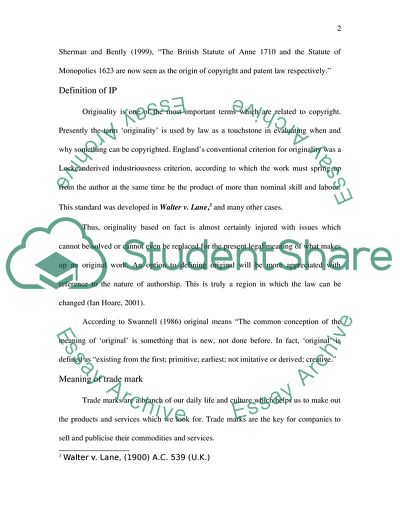Cite this document
(“The European Trademark Law and Some Dissimilarity With the ECJ Research Paper”, n.d.)
The European Trademark Law and Some Dissimilarity With the ECJ Research Paper. Retrieved from https://studentshare.org/law/1736627-intellectual-property-trade-mark-law
The European Trademark Law and Some Dissimilarity With the ECJ Research Paper. Retrieved from https://studentshare.org/law/1736627-intellectual-property-trade-mark-law
(The European Trademark Law and Some Dissimilarity With the ECJ Research Paper)
The European Trademark Law and Some Dissimilarity With the ECJ Research Paper. https://studentshare.org/law/1736627-intellectual-property-trade-mark-law.
The European Trademark Law and Some Dissimilarity With the ECJ Research Paper. https://studentshare.org/law/1736627-intellectual-property-trade-mark-law.
“The European Trademark Law and Some Dissimilarity With the ECJ Research Paper”, n.d. https://studentshare.org/law/1736627-intellectual-property-trade-mark-law.


